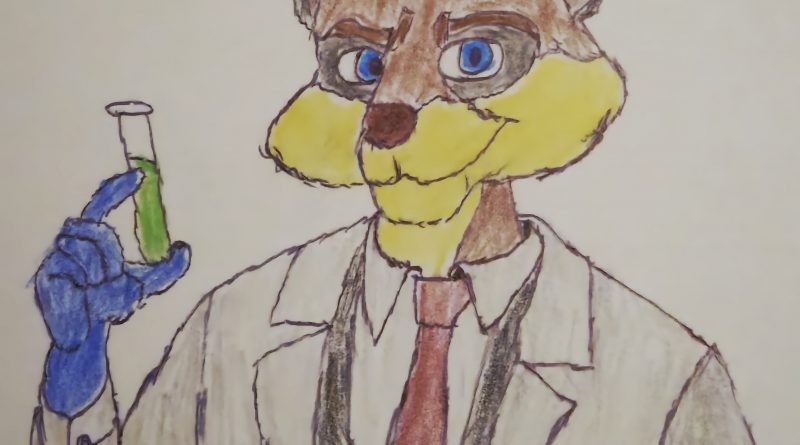The Meerkat of Science: Betelgeuse
Depending on where you are in the world, there is a famous constellation in the night sky, known as Orion. This beautiful celestial arrangement of stars has been an important navigational aid to ancient travellers, and studies of the stars have taken place for hundreds of years.
There are a number of stars that can be considered to be famous within this constellation. Rigel is the brightest star – well, most of the time – and a candidate for a supernova. There are a couple of stellar systems made up of multiple stars. The one that tends to capture the imagination of the public the most is Betelgeuse.
Located at the left shoulder of Orion, this massive, evolved star is also a candidate for a supernova, and it is widely expected to be astronomically soon, though ‘soon’ could be anywhere from a few decades to a hundred thousand years. Observations of Betelgeuse have revealed all sorts of hints as to its past, and clues as to its future. Emission lines, comparisons to other stars, and our understanding of physics have built a good, albeit imperfect picture of this gargantuan beast.
The first major detail to note is that Betelgeuse has moved off the main sequence of solar evolution. It is no longer fusing hydrogen into helium at its core, and has moved from being a blue giant star, to a red supergiant. Studies of the interstellar medium around the star have yielded estimates that it’s spent 40,000 years in its current state. Betelgeuse certainly lives up to the term supergiant, with a radius between 640 and 764 times that of the Sun. To give a clearer idea of what that means, if it were placed in our solar system, Betelgeuse would engulf all four of the inner planets! Then again, it isn’t necessarily that simple, as massive stars like Betelgeuse don’t tend to have a so-easily defined surface, and their properties render them irregular in shape.

Another key detail of Betelgeuse, and further evidence of its instability, is that it varies in brightness. Whilst Rigel is usually the brightest star in Orion, Betelgeuse can occasionally outshine it during its more excitable moments. Betelgeuse also exhibits high mass loss, and the surrounding medium around the star is a region enriched by its solar wind, placing Betelgeuse in a bubble of hot gas. In effect, the system is a seething cauldron, a maelstrom of churning radiation and superheated stellar material.
The star’s future is going to be dramatic, though the details of precisely when Betelgeuse will blow itself apart are uncertain. Every dimming, every pulsation, and every fluctuation is treated by the media as a sign that a supernova is imminent. The reality – as annoying as it may be from an amateur enthusiast’s perspective – is that Betelgeuse probably has many thousands of years to go before it blows. Nonetheless, this has not stopped speculation, with various computer models of the explosion suggesting Betelgeuse would become as bright as the half-Moon for a few months, possibly brighter still, and would even be visible in daylight.
Following this event, the likely remnant would be a neutron star, as Betelgeuse is not thought to have enough mass to form a black hole. Whilst this would be a powerful, exotic object, I don’t think it would be visible from earth. Orion would lose one of its key components, and the night sky would be forever changed.
It’s a humbling thought to think that one day, this will happen. It would be amazing to bear witness to it when it does.
Back to The Meerkat of Science!

